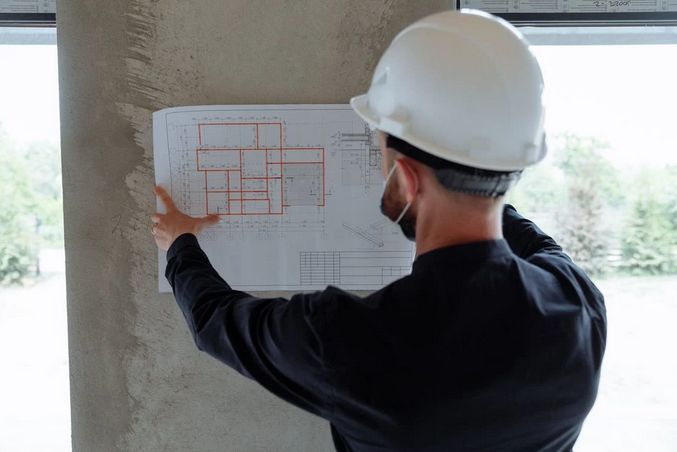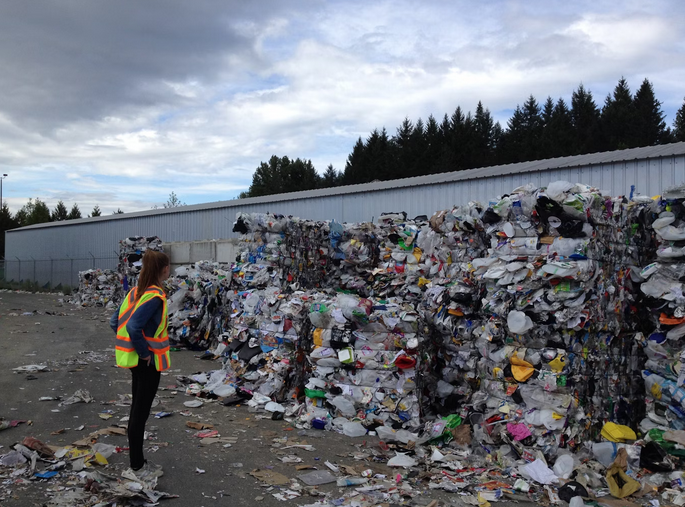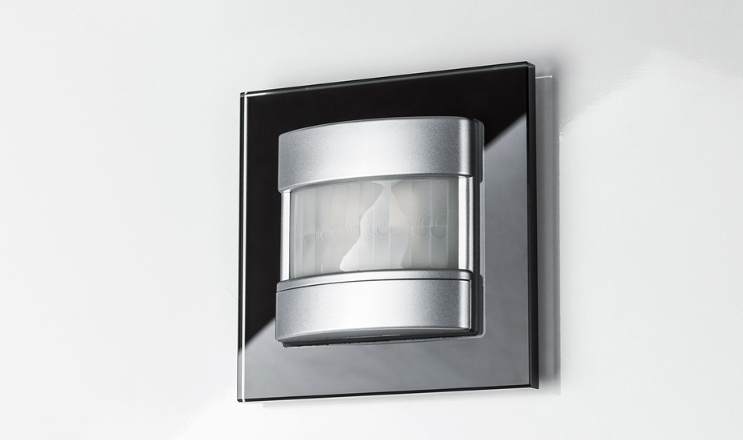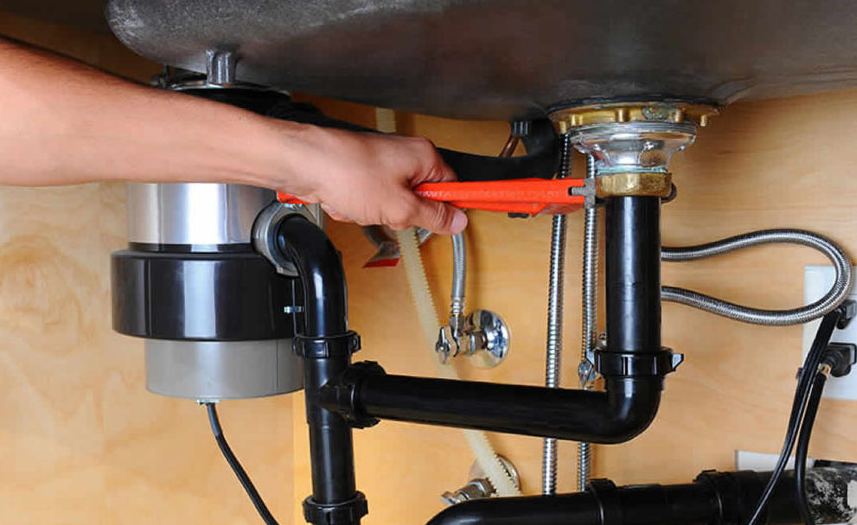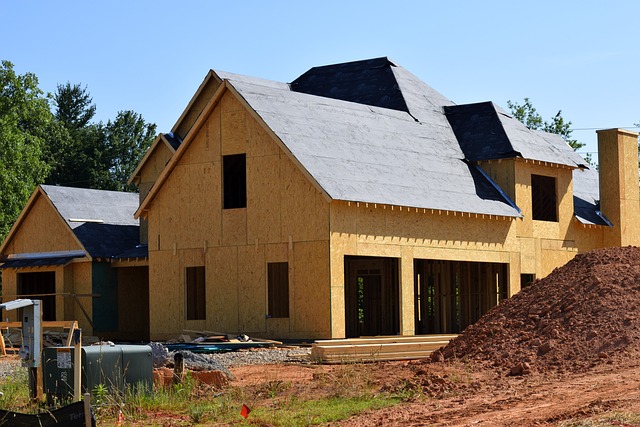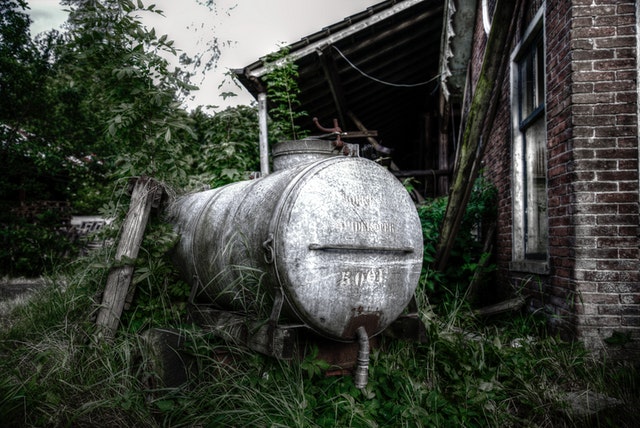
It is easy to decide to look for water storage tanks. You can use it to store rainwater or potable water for your home and emergency. However, it is a little more confusing to determine what material of water storage to buy. You should also read the 6 reasons to try a copper water vessel in order to help you choose the best water tank material.
Stainless Steel

Most storage tanks are made of stainless steel or galvanized steel. This is partly because the material is cheap and easily available and is usually welded or bolted. But it would be best if you bought tanks made with stainless steel made for storing water and make sure that the container is coated inside to prevent corrosion and rust.
Polyethylene
For indoor storage, many people today turn to plastics, such as polyethylene. These elements are lighter and more flexible than metal or concrete tanks, but care must be taken when choosing the acceptable type. Be sure to purchase FDA approved plastic to preserve the liquid without the chemicals breaking or losing over time. If you do not want to use plastic containers, choose those with opaque surfaces, as the vulnerability of stored water to sunlight can lead to algae growth.
Concrete
However, the most flexible and economical material is undoubtedly concrete. The material is not reactive and can have a longer life than plastic or metal. Unlike other options, concrete is easier to shape to its specifications without the guidance of a specialist. It can be easily poured into any desired shape, or perhaps pre-cast and assembled on-site at a relatively low price. For people living in cold climates, concrete containers for outdoor use may be preferable as they are much less prone to damage.
The most important point to consider when weighing options would be that whatever you choose is likely to remain indoors for many decades. Be careful and choose accordingly.


